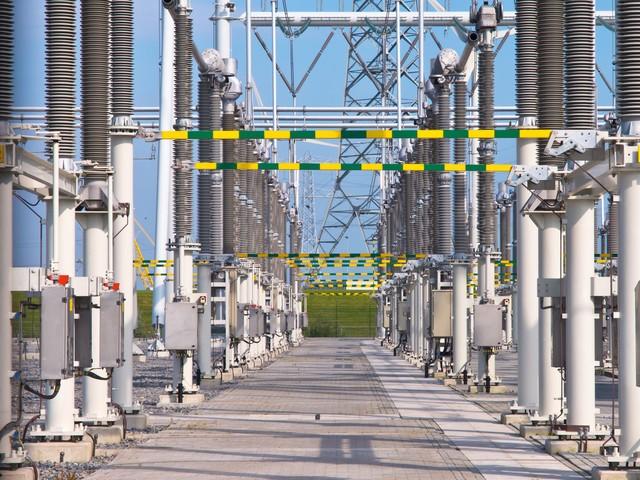Electricity is an indispensable and important resource in our daily life, and electrical substation, as an important component of the power system, undertake the important task of power transmission and distribution. in this post, we will comprehensively analyze the definition, classification, and role of electrical substations.

What is an electrical substion
An electrical substation refers to a place where high voltage electrical energy is converted into medium and low voltage electrical energy, and electrical energy is distributed and transmitted through power transformers to meet the electricity needs of different voltage levels.
Classification of an electrical substation
According to their purpose and function, electrical substations can be divided into three categories: power plant substations, main substations, and distribution substations.
The role of electrical substations
1. Electric energy transmission and distribution
The substation can transmit electrical energy from the power plant to various power consumption locations by converting high-voltage energy into medium and low-voltage energy. By using the main transformer in the substation, the electrical energy of the high-voltage transmission line can be transformed into an appropriate voltage to supply users with different power demands.
2. Power system stability maintenance
Substation plays a crucial role in the power system, with functions such as electrification, protection, and automation control, which can monitor and regulate the stability of the power system. The substation monitors the operation status of the power grid in real-time and adjusts the load of the transformer according to actual needs to maintain the stable operation of the power system.
3. Power quality control
By installing appropriate equipment and instruments, substations can effectively control power quality, such as voltage fluctuations and frequency stability. The substation can monitor and solve problems such as transient and harmonic interference generated in the power system, in order to provide stable and high-quality power supply.
4. Power disaster recovery and fault handling
The substation equipment has power disaster recovery and protection mechanisms, which can effectively respond to unexpected situations and promptly handle faults. In the event of a power system malfunction, the substation can quickly switch and divert electrical energy to ensure the normal operation of important power equipment.
5. Energy scheduling and energy conservation
The substation can dispatch electricity according to the supply and demand situation, and reasonably arrange the work of power generation equipment and transmission lines. By effectively regulating the power load, substations can achieve rational energy utilization and energy conservation, thereby playing a positive role in saving national energy and reducing environmental pollution.
Conclusion
As a core component of the power system, electrical substations play an irreplaceable and important role in energy transmission and distribution, maintaining power system stability, controlling power quality, responding to power disasters and troubleshooting, energy dispatch and energy conservation. In terms of power supply and quality, electrical substations provide solid support for the development of social economy and the convenience of residents’ lives. Therefore, we need to further focus on the construction and maintenance of electrical substations to ensure the normal operation of the power system.
PowerTel and his dedicated engineers are able to provide you a complete solution for your electrical substations, from its site survery & preparation, initial & optimal design, foundation construction, package supply of materials, power cable, control cable, structural steel, circuit breakers, disconnector & switch, transformers, reactors & capacitor banks etc, installation , to final testing & commissioning.
